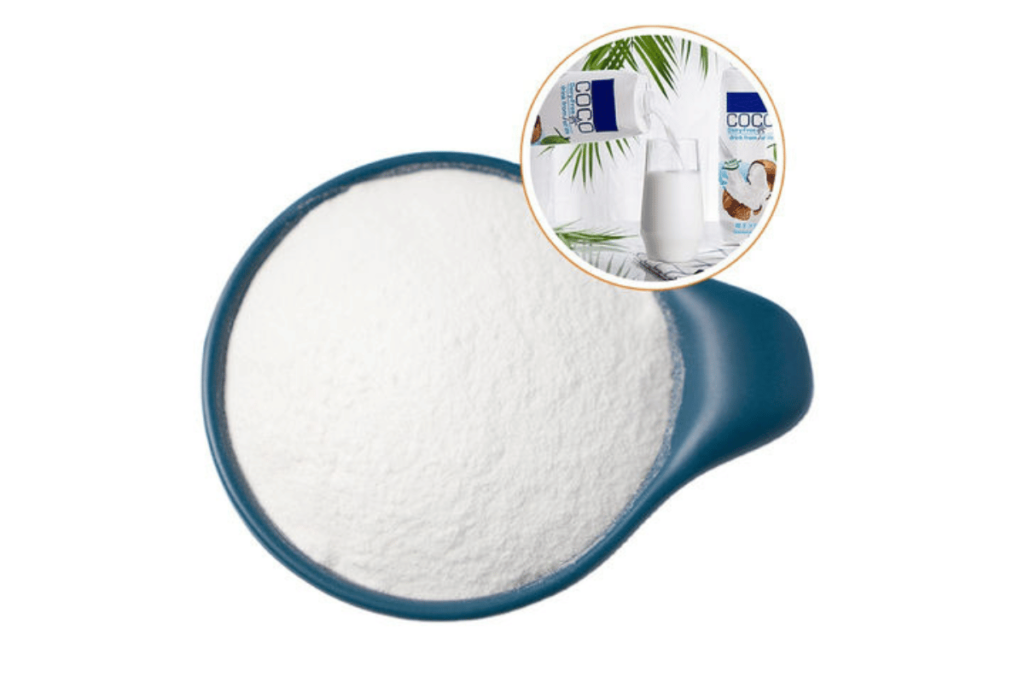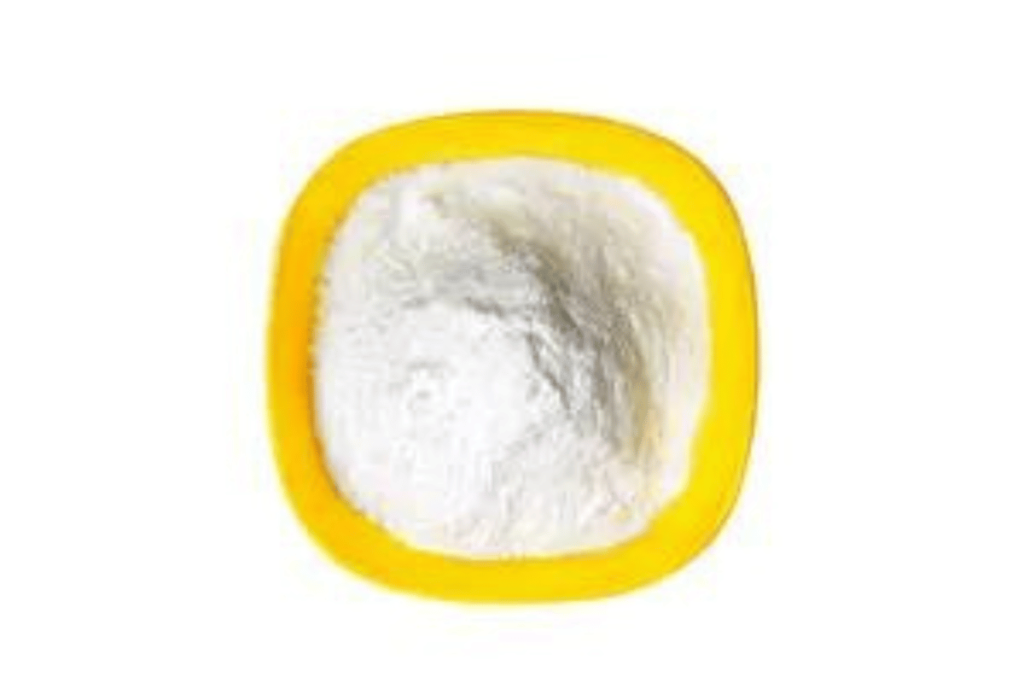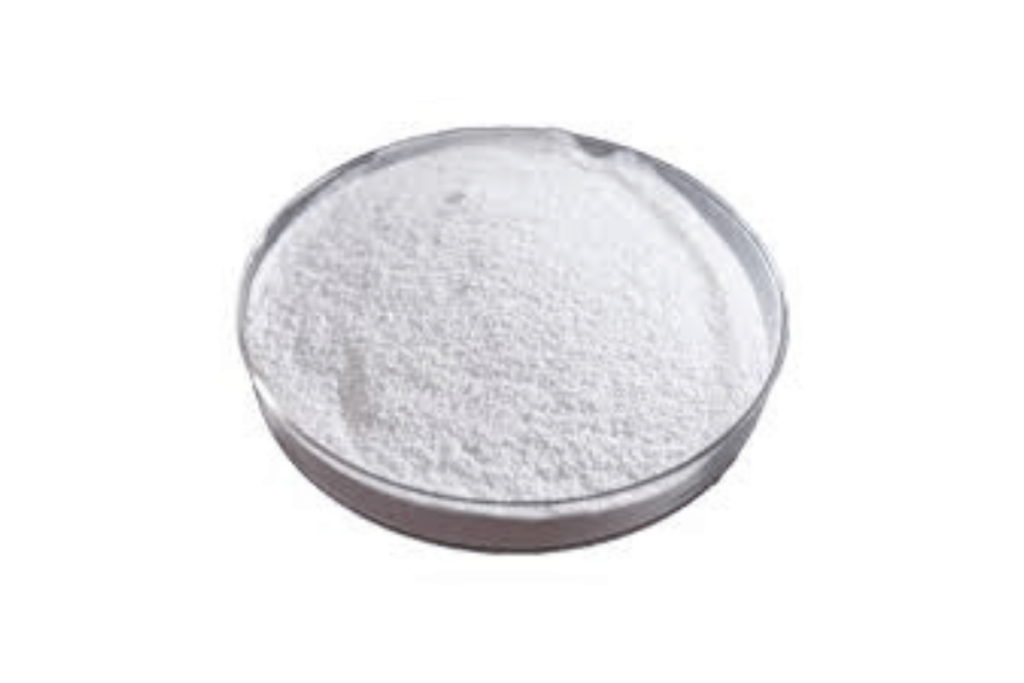Carboxymethyl Cellulose (CMC) has emerged as a ubiquitous and versatile compound, finding applications in a wide range of industries. From food to pharmaceuticals, its role cannot be overstated. In this comprehensive exploration, we delve into the intricate world of CMC, focusing on a vital aspect that often remains in the shadows: its price dynamics.
CMC, often dubbed as the “invisible ingredient,” plays a pivotal role in numerous products that touch our lives daily. From being a thickening agent in food to a stabilizing force in pharmaceuticals, its influence is far-reaching. However, understanding the factors that influence CMC’s price is essential for industries and businesses that rely on this polymer.
As we embark on this journey of unraveling the complexities behind Carboxymethyl Cellulose price dynamics, we will navigate through the various facets that contribute to its cost. From raw material costs to international trade dynamics, we will explore every angle to shed light on this critical aspect. So, fasten your seatbelts as we embark on a fascinating exploration of the factors that shape the price of CMC.

What is Carboxymethyl Cellulose (CMC)?
Carboxymethyl Cellulose, often abbreviated as CMC, is a versatile and indispensable compound with a wide array of applications. At its core, CMC is a water-soluble cellulose derivative, and its chemical structure is characterized by the presence of carboxymethyl groups (-CH2-COOH) attached to the cellulose backbone. This unique molecular structure grants CMC a remarkable set of properties that make it invaluable in various industries.
CMC is derived from natural cellulose sources, primarily wood pulp and cotton fibers, through a series of chemical reactions. The manufacturing process involves the treatment of cellulose with chloroacetic acid, leading to the substitution of hydroxyl groups in the cellulose chains with carboxymethyl groups. This modification enhances its water solubility and imparts desirable functionalities.
One of the standout qualities of CMC is its ability to form highly viscous and stable solutions when dissolved in water. This property makes it an exceptional thickening agent, frequently employed in the food industry to enhance the texture and consistency of a wide range of products. From sauces and dressings to ice cream and baked goods, CMC’s thickening prowess is harnessed to achieve the desired mouthfeel and appearance in food.
Beyond its role as a thickener, CMC also serves as an effective emulsifier and stabilizer. It plays a crucial role in maintaining the stability of emulsions, preventing the separation of oil and water in products like salad dressings and mayonnaise. Additionally, CMC is valued for its moisture retention properties, extending the shelf life of various food products.
In pharmaceuticals, CMC finds application as a binder, disintegrant, and viscosity modifier in tablet formulations. Its ability to facilitate the controlled release of active pharmaceutical ingredients is particularly valuable.
The versatility of CMC extends to industries such as textiles, where it acts as a sizing agent and a thickener for textile printing pastes. It is also utilized in the paper industry to improve paper strength and retention of fillers and pigments.
In summary, Carboxymethyl Cellulose (CMC) is a remarkable compound with diverse applications in various industries. Its water-soluble nature, thickening capabilities, and stabilizing properties make it an indispensable ingredient in countless products that enhance our daily lives. Understanding the role of CMC in different sectors is crucial to appreciating its significance in modern industries.
Factors Influencing Carboxymethyl Cellulose Price
Understanding the price dynamics of Carboxymethyl Cellulose (CMC) requires a comprehensive analysis of several key factors that influence its market value. These factors can vary in significance and impact, and they collectively contribute to the fluctuation in Carboxymethyl Cellulose prices. Let’s delve into the primary drivers of CMC price dynamics:
Subsection 1: Raw Material Costs
- Raw materials are fundamental in CMC production. The costs associated with sourcing and processing these raw materials, primarily wood pulp or cotton fibers, play a pivotal role in determining CMC prices.
- Fluctuations in the prices of these primary materials can directly impact the overall production cost of CMC.
Subsection 2: Manufacturing Processes
- The manufacturing processes used to produce CMC can differ in terms of efficiency, energy consumption, and environmental impact. These differences can affect production costs and, subsequently, pricing.
- Innovations and advancements in production methods can influence CMC prices by improving efficiency or reducing resource consumption.
Subsection 3: Market Demand and Supply
- The dynamics of supply and demand in the CMC market can exert significant pressure on prices.
- Increased demand for CMC, driven by its diverse applications across industries, can lead to price hikes when supply struggles to keep up.
Subsection 4: International Trade and Tariffs
- CMC is traded on the international market, and trade policies, tariffs, and export/import restrictions can impact its pricing.
- Trade agreements, disputes, or changes in international regulations can affect the flow of CMC across borders, affecting its cost.
Subsection 5: Regulatory Changes
- Regulatory standards and guidelines in the regions where CMC is used can directly influence its price.
- Compliance with evolving regulatory requirements may necessitate changes in CMC production processes, potentially impacting costs.
Subsection 6: Competitive Landscape
- The presence and competitiveness of CMC suppliers in the market can influence pricing strategies.
- Competition may lead to price variations as suppliers seek to differentiate themselves and capture market share.
The interaction and interplay of these factors result in the dynamic pricing of CMC, making it imperative for industries and businesses to stay informed about these influences.

Case Studies and Examples
To gain a deeper understanding of how the factors mentioned in the previous section have influenced Carboxymethyl Cellulose (CMC) prices, let’s examine real-world case studies and examples of historical price dynamics. These instances provide valuable insights into the complexities of CMC pricing:
Case Study 1: Raw Material Price Surge In the early 2000s, there was a significant increase in the prices of wood pulp, a primary raw material for CMC production. This surge was driven by factors like increased global demand for paper products and changes in the pulp and paper industry. As a result, CMC manufacturers faced higher production costs, leading to an upward trend in CMC prices. Companies that were unable to manage these cost increases had to pass them on to customers.
Case Study 2: Supply Chain Disruptions During the COVID-19 pandemic, disruptions in global supply chains affected various industries, including the production of CMC. Lockdowns, restrictions on movement, and reduced workforce availability impacted the manufacturing and transportation of CMC. This disruption in the supply chain led to temporary shortages and price fluctuations in the CMC market.
Case Study 3: Regulatory Changes The European Union’s REACH (Registration, Evaluation, Authorization, and Restriction of Chemicals) regulations have had a notable impact on the CMC market. REACH compliance requires extensive data collection and testing, which can increase production costs for CMC manufacturers. Companies that invested in meeting these regulatory requirements faced higher operational expenses, potentially leading to adjusted pricing strategies.
Case Study 4: Competition and Innovation In a competitive market, CMC suppliers have often relied on innovation to differentiate their products. For example, the development of specialty CMC grades optimized for specific applications, such as pharmaceuticals or food products, has allowed suppliers to command premium prices. These innovations have demonstrated the influence of competition on CMC pricing.
Case Study 5: Demand Surges in Emerging Markets As emerging economies continue to grow, the demand for various industrial products, including CMC, has increased significantly. Rapid industrialization and urbanization in regions like Asia have driven up CMC demand. This heightened demand, coupled with supply challenges, has contributed to fluctuations in CMC prices.
These case studies underscore the multifaceted nature of CMC price dynamics. Raw material costs, supply chain disruptions, regulatory changes, competition, and shifts in demand can all play pivotal roles in influencing CMC prices. Understanding these historical examples equips industries and businesses with valuable insights for navigating the complex landscape of CMC pricing in an ever-evolving global market.

Strategies for Price Management
Effectively managing Carboxymethyl Cellulose (CMC) prices is essential for industries and businesses that rely on this versatile additive. Fluctuations in CMC prices can impact product costs and profitability. In this section, we will discuss strategies and approaches for price management in the CMC market:
1. Procurement Strategies:
- Establish Long-Term Contracts: Consider entering into long-term contracts with CMC suppliers. These agreements can provide price stability and assurance of supply.
- Diversify Suppliers: Work with multiple CMC suppliers to reduce dependency on a single source. This diversification can help mitigate the impact of supply disruptions and price fluctuations from a specific supplier.
2. Hedging and Risk Management:
- Futures and Options: Explore the use of futures and options contracts to hedge against price volatility. These financial instruments allow you to lock in CMC prices for future purchases.
- Risk Assessment: Continuously assess the risks associated with CMC pricing, including factors like raw material costs, regulatory changes, and market dynamics. Develop risk management strategies accordingly.
3. Supply Chain Optimization:
- Inventory Management: Maintain adequate CMC inventory levels to buffer against supply disruptions. Implement just-in-time inventory practices to reduce carrying costs.
- Supplier Collaboration: Collaborate closely with CMC suppliers to monitor market trends and anticipate price changes. Establish clear communication channels to stay informed about supply chain developments.
4. Cost Reduction Initiatives:
- Product Formulation: Explore opportunities to optimize product formulations by adjusting CMC concentrations or considering alternative additives without compromising quality.
- Process Efficiency: Focus on improving production processes to reduce manufacturing costs, which can help offset price increases.
5. Market Research and Intelligence:
- Price Benchmarking: Regularly benchmark CMC prices against industry standards and competitors. This information can inform pricing strategies and negotiations.
- Industry Insights: Stay informed about industry trends, regulatory updates, and innovations that may impact CMC prices. Engage with industry associations and forums to access valuable insights.
6. Contract Flexibility:
- Price Adjustment Clauses: When negotiating contracts with CMC suppliers, include clauses that allow for price adjustments based on predefined factors such as raw material cost changes or market conditions.
7. Sustainable Sourcing:
- Consider sustainability in sourcing decisions. CMC suppliers that prioritize sustainable practices may offer stable pricing and align with corporate sustainability goals.
8. Continuous Evaluation:
- Regularly review and adjust pricing strategies based on changing market conditions and performance metrics. Flexibility and adaptability are key to effective price management.
By implementing these strategies and approaches, industries and businesses can navigate the complexities of CMC price management more effectively. Whether it’s through long-term contracts, risk hedging, supply chain optimization, or sustainable sourcing, proactive and informed decision-making is crucial for ensuring stable CMC prices and maintaining competitiveness in the market.
In conclusion, understanding the factors that influence Carboxymethyl Cellulose (CMC) prices is paramount for industries and businesses that rely on this versatile additive. Throughout this article, we’ve explored the key aspects of CMC pricing dynamics and strategies for effective price management.
We began by acknowledging the significance of CMC in various industries and its role as an essential ingredient in numerous products. CMC’s properties, including its ability to thicken, stabilize emulsions, and extend shelf life, make it a valuable component in food, pharmaceuticals, textiles, and other sectors.
Next, we delved into the factors that influence CMC prices. These factors range from raw material costs and manufacturing processes to market dynamics, international trade, regulatory changes, and competition among suppliers. Real-world case studies illustrated how these factors have historically affected CMC prices, providing valuable insights.
To empower industries and businesses in managing CMC prices, we discussed a range of strategies, including procurement tactics, risk management, supply chain optimization, cost reduction initiatives, and sustainable sourcing. These strategies offer practical approaches for mitigating the impact of price fluctuations and ensuring price stability.
As the landscape of CMC pricing continues to evolve, proactive and informed decision-making is essential. By staying attuned to market trends, engaging in supplier collaboration, and considering sustainability in sourcing, industries can navigate price dynamics more effectively. Contract flexibility and continuous evaluation of pricing strategies are equally important for adapting to changing conditions.
In closing, Carboxymethyl Cellulose remains a critical component in modern industries, and its price dynamics reflect the complexities of global markets. By applying the insights and strategies discussed in this article, industries and businesses can optimize their approach to CMC pricing, enhance competitiveness, and ensure the continued success of their operations.





